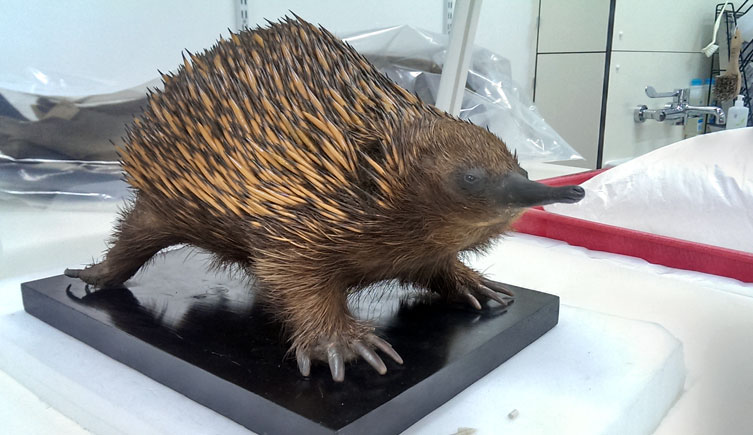Our trained staff can advise on the best treatment for your object. All of our equipment is state-of-the-art and available for hire to external groups.
If you would like to use the facility for treatment of objects or need conservation advice, please get in contact.
